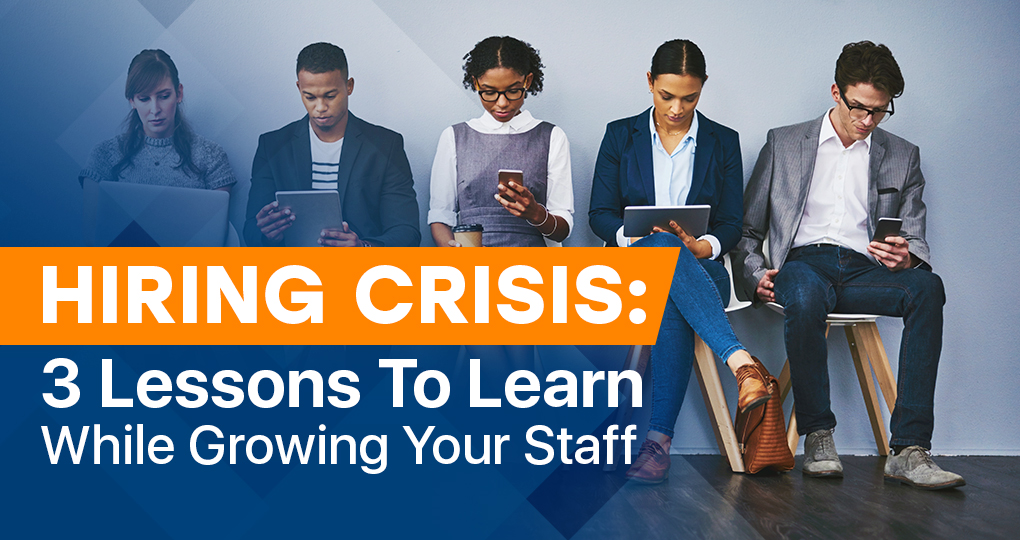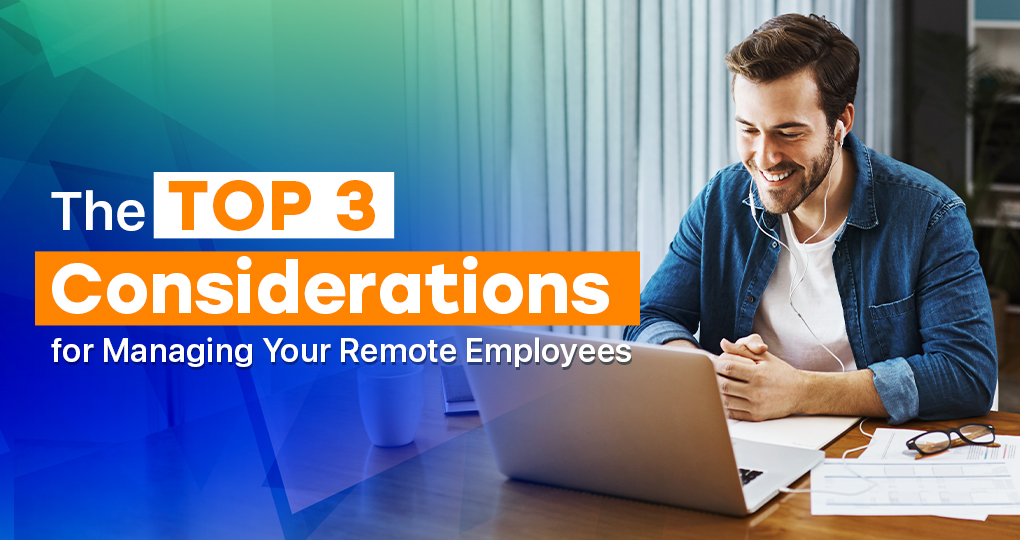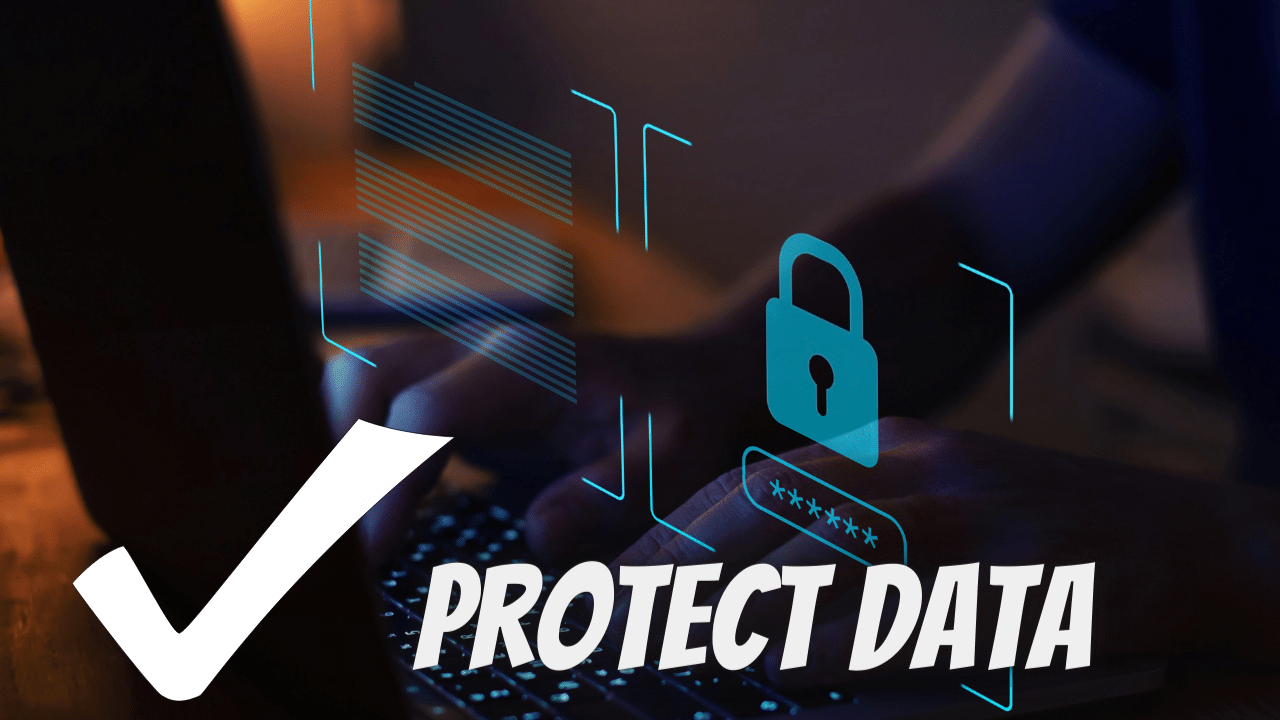So you’ve managed to hire an experienced and skilled new staff member. Are you sure you can keep them around? It all starts with your onboarding…
Employee Retention Stars On Day #1
The onboarding process is an integral part of the employee life cycle. It sets the tone for a successful relationship between employer and employee and directly informs the new hire’s comfort on the job.
That’s why successful employee onboarding can improve your employee retention rate by as much as 82%.
Onboarding new employees should be a smooth transition that allows them to quickly adjust to their new work environment and become productive members of the team. Unfortunately, this isn’t always possible, either due to a lack of resources or inadequate preparation—or both.
Key Challenges With Employee Onboarding
To make sure your onboarding process is successful, you need to provide comprehensive training materials that are easily accessible to your new hires.
This includes providing an up-to-date job description, outlining expectations from day one, and ensuring all safety protocols are in place before they start working. Unfortunately, this can be a lot to manage, especially when you consider these common obstacles to the process:
Undefined Roles
Smaller businesses often struggle with key managerial tasks, such as employee onboarding. If the owner is too busy managing the operations of the company and lacks middle managers or an HR department, they may not be able to devote the necessary time to the process.
Out Of Date Materials
Furthermore, with no specific staff member tasked with managing and optimizing this process, it’s more than likely your training materials are out of date. This only further complicates the new staff member’s first days on the job.
Unengaging Training
Lastly, if you lack an actionable strategy for the development and improvement of your training materials, they likely aren’t all that engaging. A boring binder of materials, a stale PowerPoint, an outdated video; none of this will excite your new hire about integrating into your company.
The Secret To Optimizing Your Onboarding
If you’ve been struggling with these challenges, you’re not alone. Business owners across the country know how difficult this can be. After all, 88% of companies do not onboard their new hires effectively.
Don’t worry, there is a solution, and it doesn’t involve hiring an HR team you can’t afford. You can optimize your onboarding process with the right software.
Onboarding Software Will Change The Way You Grow Your Staff
Onboarding software is designed to streamline and improve the onboarding process for both employers and new hires.
It allows an organization to:
- Create personalized onboarding plans and guides
- Automate paperwork processes
- Provide access to important resources like training materials
- Create a system for tracking tasks that need to be completed
- Store all relevant onboarding data in one place.
These tools make it easy to stay organized throughout the entire onboarding process. Organizations can easily create custom onboarding schedules with associated tasks and deadlines, assign mentors or supervisors to follow up on tasks, review progress at any time by accessing real-time reporting features, and use this data over time to refine their future onboarding strategies.
As business owners implement new onboarding software, they often find that it helps reduce stress for new hires by providing all of the necessary onboarding information upfront. This increases employee engagement and job satisfaction while making it easy to answer common questions quickly and accurately.
As a result, companies can create an enjoyable and positive onboarding experience while ensuring their new employees are well-prepared for success in their roles.
3 Must-Have Features For Your Onboarding Software Of Choice
Like any software, onboarding solutions vary in features, capabilities, and price points. Make sure you find one that offers the following…
Integration With Your Systems
Don’t bother purchasing onboarding software without first ensuring it integrates with your systems. After all, this type of software is supposed to make your life easier, not add more work to get it to cooperate with your other applications.
Before you make your choice, make sure it can work seamlessly with:
- HR platforms
- Recruiting solutions
- Payroll & benefits systems
- Reporting solutions
Gamification Options
Engaging your employees during their training can be as simple as adding a few interactive stages. Known as “gamification”, this is the initiative to improve other boring processes by incorporating quizzes, assigning badges, and displaying leaderboards.
Mobile Capability
The more mobile your workforce is, the more beneficial mobile integration is for your onboarding software. It allows new team members to participate in training and for managers to track progress in the manner most convenient to them. This will only serve to boost engagement and effectiveness.
Don’t Let Your Onboarding Process Cost You Skilled Staff Members
In summary, onboarding software is an invaluable tool for companies wanting to streamline the onboarding process, increase efficiency, provide personalized support for new hires, and create a great first impression with potential staff members.
By utilizing these tools correctly, employers can ensure that their organization not only recruits but also retains quality personnel in order to achieve long-term success.
Do you need help selecting, installing, and managing the right onboarding software for your organization? Get in touch with our team today.














